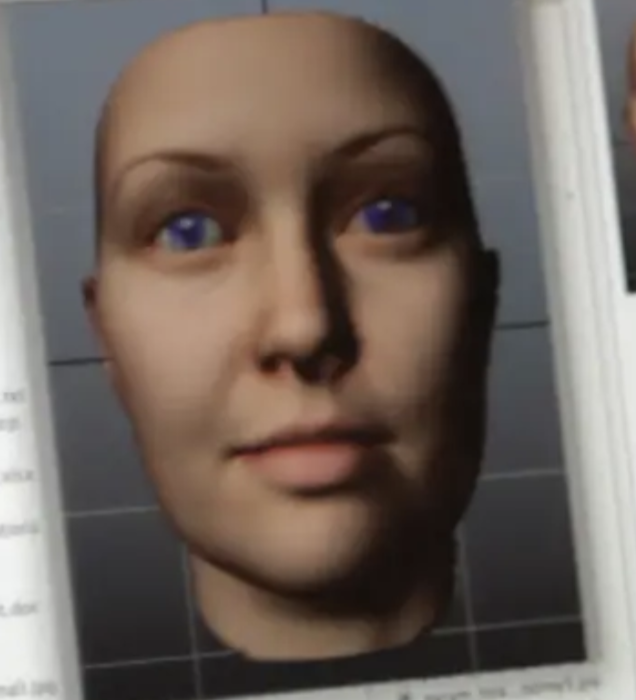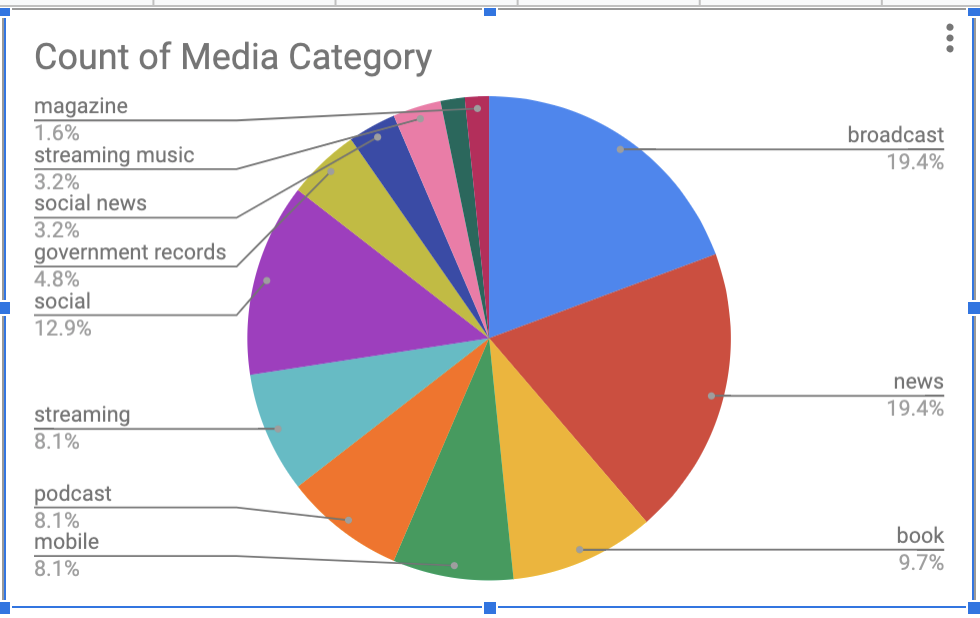Michael Barbaro had a rough night, so my fellow Knight fellow Elana Gordon and I took the reins of The Daily for a day to produce this explainer of compounding pharmacies.
Author Archives: JasonDearen
Fact-checking Breitbart News
I took a look at a trending Breitbart article that claims a massacre of Christians in Nigeria was ignored on the same day as the shooting in Christchurch, New Zealand. I used Bounce to display my fact-check of the article.
Asking ethical and moral questions in bio-inspired design

The young woman on the subway holds a pair of tweezers. She looks at the seat next to her at a wad of chewed up gum. She glances furtively, then grabs the gum with the tweezers, which she drops with her gloved hands into a small plastic bag.
Once off of the train, she stops at a trash can in the subway station. She collects a hair from the rim of the can, placing it in another bag. She grabs a cigarette butt off the street.
Later, in a lab, she extracts DNA from the samples and analyzes the genetic material for traits. Caucasian, female. She uses the information to create a three-dimensional model of the stranger. Soon the wide blue eyes and slightly amused expression of a woman’s face is staring back at her from the computer screen.
This biologically inspired art by Heather Dewey-Hagborg highlights the ethical and moral concerns in using genetic material to surveil, and profile people. Two years after “Stranger Visions’ was completed, the Toronto police used DNA technology to try and solve cold cases, and another company started marketing genetic identification tools to police in the U.S.
Do we have dominion over nature, or it over us? This is a question fundamental to those working in bio-inspired design projects, said Wakanene Sebastian Kamau , an artist and scientist working at MIT’s MediaLab.
“I think that we, as humans, forget that nature is an integral part of our experience on earth, not something just to have dominion over,” Sebastian said.
Should we make leather goods from human tissue grown from biological samples? It’s legal currently to do so, a fact exposed in Pure Human by artist Tina Gorjanc.
Designers like Gorjanc push our understanding of the dilemmas associated with biotechnology. For a biochemist like Sebastian, Gorjanc’s and Dewey-Hagborg are asking vital questions. “(It’s) a speculative project that explores the future of fashion and the frank unpreparedness of our current legal infrastructure to handle the current and future suite of biotechnology products,” Sebastian said.
Synthetic biology — the human engineering of biological processes — will likely shape the future of design. The microbiome, the vast community of microbes that inhabit our bodies and world, is influencing design of building materials, our homes and cosmetics.
“Collaborative engagement with biology through design is an on-going recalibration of our status as species within nature,” Sebastian said.
Bracketology
My video dispatch of Joe Lunardi, a statistician famous in sports circles for his ability to pick who will make the NCAA March Madness tournament. He gave a talk in Cambridge about how billions in revenues from TV contracts has changed who gets in and who gets out, and what selection officials are doing to fend off concerns of favoring larger conferences who are more coveted by broadcasters.
Dearen: Media Diary

Here is my diary, the second tab has some rudimentary analysis — there are deeper, more interesting ways to go at this I’m sure. This was a fun exercise, and I found a bunch of different ways to gather data on my media consumption. My iPhone’s weekly report showed me how many alerts I get per day (65!!), Google tracked my YouTube TV watching (daily Jeopardy habit). But most of all I realize that very few minutes go by in a day without me consuming some type of media: podcasts, music, books, etc… I’m constantly plugged in.
Bio: Jason Dearen
I am a Knight Science Journalism Fellow at MIT. Prior to coming to Cambridge I worked as a correspondent for The Associated Press, based in Florida and San Francisco. I am a member of AP’s Global Environment team, a group of journalists who work in different places around the country and globe who cover issues related to climate, industrial pollution, wildlife management, etc…
My focus has been on stories that look at the intersection of the environment and public health. Most recently this was a series and data project looking at the threat climate change poses to people who live around toxic waste sites and other polluted dumping grounds.
Narrative writing is my passion. I’m now working on a book for a Penguin imprint, Avery, that tells the story of a disease outbreak, and the unregulated drug manufacturing industry that caused it. I grew up in California.
When I’m not working I enjoy surfing/swimming, playing the guitar, drinking beer with friends and cooking.
